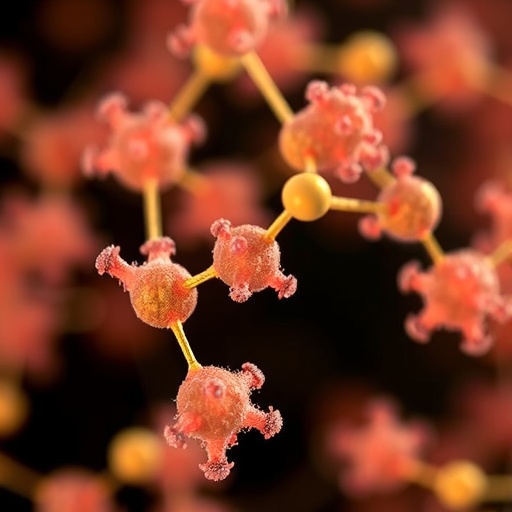
Credit: Nisma Mujahid and David E. Fisher
Researchers in Boston have developed a class of small molecules that successfully penetrates and darkens human skin samples in the laboratory. The drug also generates protective tans in red-haired mice, which–like their human counterparts — are more susceptible to skin cancer via ultraviolet (UV) radiation. The molecule works by stimulating cells to produce more UV-absorbing pigments, but more preclinical tests need to be done before it is proven safe in humans. The study appears June 13 in the journal Cell Reports.
The work follows up on a 2006 study in Nature that showed how another topical compound, forskolin, could induce a cancer-protecting tan in red-haired mice without the need of UV radiation (doi: 10.1038/nature05098). However, the researchers soon found that forskolin could not get into human skin. Because humans are relatively hairless compared to other mammals, our skin has had to toughen up, evolving to withstand a range of environment threats, such as ultraviolet radiation, muddy water, and cold temperatures.
"Human skin is a very good barrier and is a formidable penetration challenge, therefore other topical approaches just did not work," says senior author David E. Fisher, the Chief of Dermatology at Massachusetts General Hospital and professor of Dermatology at Harvard Medical School, who led the earlier studies involving forskolin. "But ten years later, we have come up with a solution. It's a different class of compounds, that work by targeting a different enzyme that converges on the same pathway that leads to pigmentation."
The breakthrough came when Fisher's group at Mass General collaborated with chemist Nathanael S. Gray, of the Dana-Farber Cancer Institute. They designed a class of molecules that have several properties to help them penetrate human skin–smaller molecular weight and greater lipid solubility (the ability to pass through lipids). After testing numerous candidates, this class of molecules was capable of darkening human skin by inhibiting the SIK (Salt Inducible Kinase) enzymes, thereby stimulating the genes that induce pigmentation.
The researchers tested the small molecules on discarded extra skin that they maintained in the laboratory on a Petri dish, and found that darkening took place proportional to the dose and the schedule at which the drug was applied. These artificial tans lasted for days. When applied to the red-haired mice, they could become almost jet black in a day or two with a strong enough dose. The color fades away over time as normal skin cells slough off the surface, and skin tone gets back to normal within a week or so.
"We believe the potential importance of this work is towards a novel strategy for skin cancer prevention," Fisher says. "Skin is the most common organ in our bodies to be afflicted with cancer, and the majority of cases are thought to be associated with UV radiation. But we've found that the picture is more complicated, that red-blonde pigments are also more intrinsically carcinogenic, whereas dark melanin is intrinsically beneficial if not produced through use of dangerous UV injury to skin. Our approach could help switch pigments to those found in darker skin, without a need for UV exposure."
The long-term goal of this research is to create something that could be used in combination with traditional UV-absorbing sunscreens. The research team's next step is to continue testing the safety of the small molecule in animals before doing toxicity studies in humans.
###
This work was supported by the National Institutes of Health, the Melanoma Research Alliance, the Dr. Miriam and Sheldon G. Adelson Medical Research Foundation, and the Canadian Institutes of Health Research.
Cell Reports, Mujahid and Liang: "A UV independent topical small molecule approach for melanin production in human skin" http://www.cell.com/cell-reports/10.1016/j.celrep.2017.05.042
Cell Reports (@CellReports), published by Cell Press, is a weekly open-access journal that publishes high-quality papers across the entire life sciences spectrum. The journal features reports, articles, and resources that provide new biological insights, are thought-provoking, and/or are examples of cutting-edge research. Visit: http://www.cell.com/cell-reports. To receive Cell Press media alerts, contact [email protected].
Media Contact
Joseph Caputo
[email protected]
617-386-2159
@CellPressNews
http://www.cellpress.com
Related Journal Article
http://dx.doi.org/10.1016/j.celrep.2017.05.042
############
Story Source: Materials provided by Scienmag





